Burnout Paradise
Smashing.
One of the bolder choices is to do away with menus. Crash (and to some extent all the other modes - particularly for Gamerpoint whores) were dependent on that delightfully instant restart option, but that's gone now. "To do openworld and go back to picking things off a menu didn't feel right," says Webster; "it just jarred with that whole concept of doing things seamlessly. We didn't always want it to be about absolutely coming first, either. If I'm fourth and I want to do it again, actually I want to race back up to the top - and there's events nearby so I can have fun as I work back up to the start."
Some won't like that, we'd wager - on first impression, you could happily argue that it's cutting the gameplay to fit the ideal rather than cutting the ideal to fit the gameplay - but there are gains elsewhere that satisfy the positive outlook. For example, you can now fill your boost by blitzing past a petrol station, or fix your car by buzzing a repair shop. And with respect to the conventions of GTA, we prefer Burnout Paradise's idea of drive-through fixes rather than waiting for a garage door to close.
Expanding on the Easy Drive idea, Webster talks about how frustrated Criterion had become with the accepted principles of online gaming, and Burnout's new ideal of a "simple and personal" online set-up. "We wanted to break away from lobbies and deathmatch and frags and 15-year-old conventions," he says. "Why on earth are we still bound by them? In Burnout now, when you accept my invite, we just put the two worlds instantly together, and that's it, you're online. I can send out seven invites and we can still have fun while we're waiting for other people to connect. Why should I let someone else decide when I get to play?"
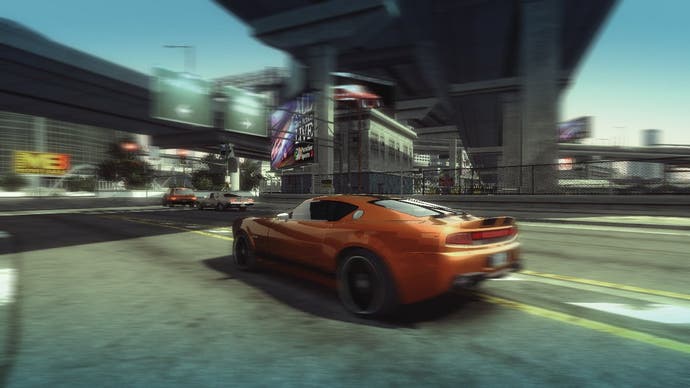
Another (delightfully cheeky) element of that is the game's use of PS3 and 360's respective cameras. Every time you take someone down, their game snaps their expression, allowing you to collect mugshots of your victims. What's more, if you belt along a road and beat someone's record, you get to record your own face as a "smugshot". You can take all those photos and export them to PSN or Memory Stick on PS3, too. Trophies!
In terms of online, they're focusing on friends, which is good news if you've ever spent an evening hacking away at a game and then wondered why you should care that you're 684th in the world. "I'm never going to be number one in the world," Webster says (he's clearly given up lamenting it), "but I can beat my friends." As such, the default Road Rules high-scores, which pop up when you tour the city, focus on your friends list, although you can also dig down and mine the leaderboard system for global recognition. Elsewhere, they're thinking about (but not ready talking about) record-and-share video options (something Revenge 360 did, remember), and they're definitely considering the relationship-tracking that made Revenge so interesting on Live, and gave online racing a combative, personal feel.
The satisfying thing about the Burnout GC presentation, though, is that while frameworks are often one thing and the game's another, in Burnout's case the set-up is indivisible from the core experience. Buzzing around Paradise, you can't help but become engaged in attempts to outdo the last guy's longest successful drift. Cross worlds with another player, as we do, and it's hard too not to coordinate your efforts to best frame the destructive options available - sitting at the bottom of a hill, waiting for the other guy to try and plummet straight onto your head for maximum violence, or racing opposite directions off a twisting bridge ramp, like something out of The Man With The Golden Gun. This is the natural evolution of GTA's "getting distracted" everything-'em-up, transplanted into Burnout.
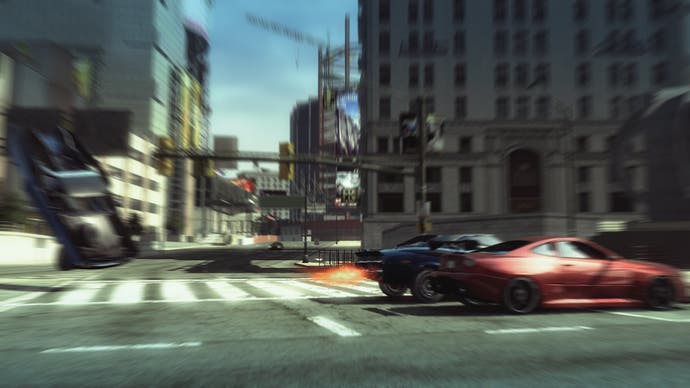
A more physics-orientated world (and a pair of more physics-friendly console architectures) mean that Paradise embraces all your barrel-rolled jumps, cart-wheeling crashes and over the top impacts with more force than a drunken bear. Free-burning, it really comes together. Those of you who loved the sort of co-operative, dare-we-say-it-emergent things that Crackdown's action-adventure playground threw up earlier this year will almost certainly want to keep an eye on this.
Not to mention an ear. We were delighted when we read elsewhere that Criterion's drawing inspiration from the likes of C'était un rendez-vous when it comes to giving Paradise a touch of audio polish. It reminds us of Lionhead's GCDC presentation about "staging", which emphasised the importance of the experience over the simulation by pointing out how Hollywood augments its audio and visuals. Webster gets the point instantly. "When Indy cracks his whip, it's a gun going off," he points out. "You're not creating a simulation, you're creating an event. We've got big, big trees snapping, Howitzers going off, apes in pain..." So that's what you hear when you crash. As to what you see - well, we hope they do a demo, because we can only imagine you'll like it. It may not be the Burnout of old, but on this evidence they've a good claim to "Paradise". And put in some parking. Lots.
Burnout Paradise is due out on PS3 and Xbox 360 this winter. [Editor's note: We originally referred to the GC set-up as a pair of networked 360s. EA's gently reminded us that actually it was PS3s, and actually they were running over PlayStation Network. Apologies for any confusion caused.]

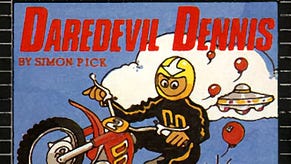
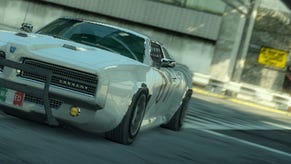
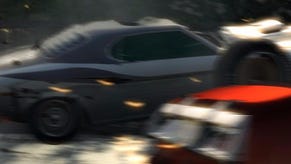

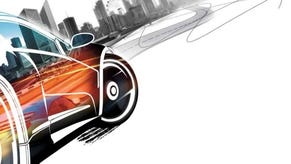

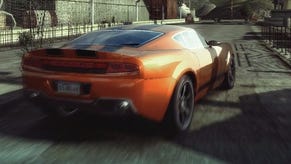
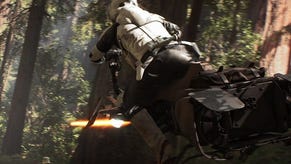

.png?width=291&height=164&fit=crop&quality=80&format=jpg&auto=webp)




.jpg?width=291&height=164&fit=crop&quality=80&format=jpg&auto=webp)
